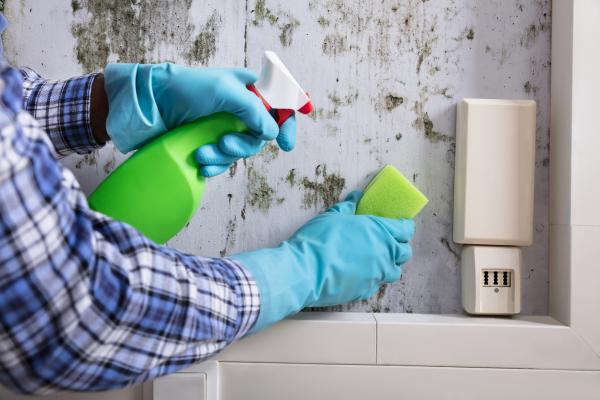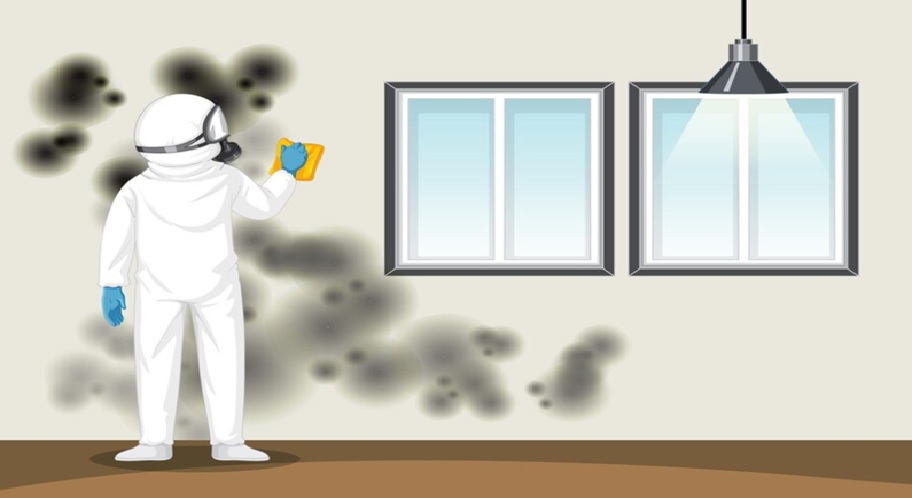Mold is more than just an unsightly problem; it poses serious health risks and can lead to significant property damage if not addressed promptly. Understanding the process of mold abatement is crucial for maintaining a safe and healthy environment in your home or workplace. This ultimate guide will explore effective solutions for achieving a mold-free environment, highlighting the importance of proper mold abatement techniques.
What is Mold Abatement?
Mold abatement refers to the comprehensive process of removing and preventing mold growth in an environment. It involves not only eliminating existing mold but also addressing the underlying conditions that facilitate mold growth. This multifaceted approach ensures long-term effectiveness and minimizes the risk of recurrence.
Identifying Mold Problems
The first step in mold abatement is identifying the extent of the problem. Mold typically thrives in damp, poorly ventilated areas, so check common trouble spots such as basements, bathrooms, and attics. Signs of mold include a musty odor, visible mold patches, and water stains on walls or ceilings. If you suspect hidden mold, consider using a moisture meter or hiring a professional for a thorough inspection.
Containing the Mold
Once you’ve identified the mold problem, it’s essential to contain the affected area to prevent the spread of mold spores. Use plastic sheeting to seal off the area, and ensure that any air vents are covered. This containment strategy is critical in mold abatement, as it helps to isolate the problem and prevent cross-contamination to other areas.
Removing Mold
Removing mold requires a careful approach to ensure thorough abatement. For small areas, you can often clean the mold yourself using a solution of water and detergent. Scrub the affected surfaces with a brush and ensure they are thoroughly dried. For more extensive mold infestations, it’s advisable to seek professional help. Mold remediation experts use specialized equipment and techniques to safely and effectively remove mold from your property.
Addressing Moisture Issues
Mold thrives in damp environments, so addressing moisture issues is a critical component of mold abatement. Start by fixing any leaks in pipes, roofs, or walls. Ensure that your home or building is well-ventilated, and consider using dehumidifiers in areas prone to high humidity. Proper drainage around your property can also prevent water accumulation and reduce the risk of mold growth.
Cleaning and Disinfecting
After removing the mold, it’s crucial to clean and disinfect the affected area. Mold spores can linger even after visible mold has been removed, so thorough cleaning is necessary. Use a HEPA vacuum cleaner to remove any remaining spores from surfaces and air. Disinfectant solutions can help to kill any residual mold spores and ensure that the environment is safe and hygienic.
Repairing and Rebuilding
Once the mold has been removed and the area cleaned, you may need to repair or replace damaged materials. Mold can cause structural damage to wood, drywall, and insulation, so address these issues promptly to prevent further damage. Use mold-resistant materials and finishes to minimize the risk of future mold growth.
Preventing Future Mold Growth

Prevention is key to maintaining a mold-free environment. Implementing preventive measures can help to avoid future mold problems. Ensure that your property remains dry and well-ventilated. Regularly inspect areas prone to moisture and address any issues promptly. Consider using mold-resistant paints and materials to further safeguard your environment.
Professional Mold Abatement Services
While DIY mold removal can be effective for minor issues, professional mold abatement services are often necessary for more severe infestations. Mold remediation experts have the knowledge, experience, and equipment to handle extensive mold problems safely and effectively. They can also provide valuable advice on preventing future mold growth and ensuring that your property remains safe and healthy.
Conclusion
Mold abatement is a crucial process for maintaining a healthy and safe environment. By understanding the various aspects of mold abatement, from identifying and containing mold to removing and preventing it, you can effectively address mold issues and protect your property. Whether you tackle the problem yourself or seek professional help, taking prompt and comprehensive action is essential for achieving a mold-free environment. With the right approach, you can ensure that your home or workplace remains safe, healthy, and free from the harmful effects of mold.

